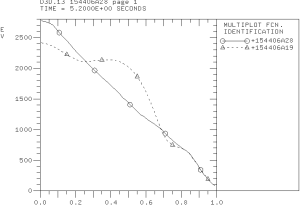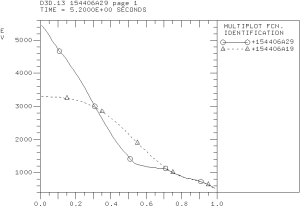Predicting the temperature profiles for the DIII-D discharge 154406
The temperature profiles are predicted using the Weiland and ETG components of the Muti-Mode Model (MMM7.1). The predicted temperature profiles are compared with the corresponding temperatures from interpretive simulations (154406A19). Four PTRANSP simulations are completed. These simulations are: (1) Only electron temperature is evolved (154406A28); (2) Only ion temperature is evolved (154406A29); (3) Electron and ion temperatures are evolved (154406A30); and (4) Electron and ion temperature as well as toroidal momentum are evolved (154406A31).
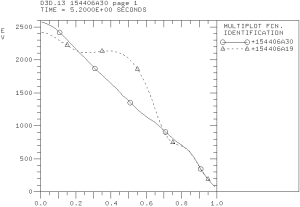
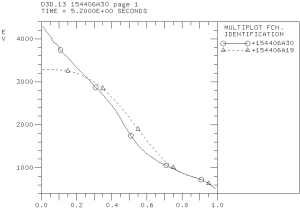
The electron (left) and ion (right) temperature profiles predicted in the PTRANSP simulation 154406A30.
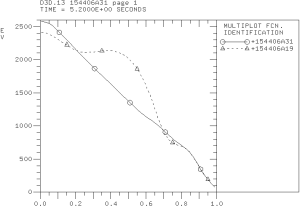
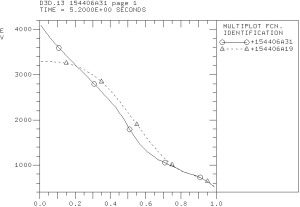
The electron (left) and ion (right) temperature profiles predicted in the PTRANSP simulation 154406A31.
It is somewhat unexpected that a that better agreement between predicted and experimental profiles is found in the simulations in which the electron and ion temperatures are evolved simultaneously. Neither simulation can accurately reproduce the location of internal transport barrier in the electron temperature profile. The reason is a rather significant electron thermal transport from both the Weiland component (TEM and ITG modes) and ETG component of MMM7.1 that destroys ITB from strong off-axis ECR heating.
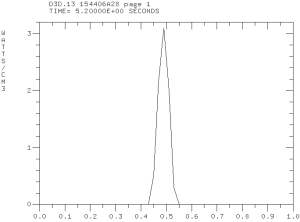
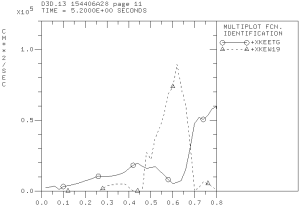
The ECR heating profile (left) and electron thermal effective diffusivities (right) computed in the Weiland and ETG components of MMM7.1 in the predictive PTRANSP simulation 154406A28.

